
Suzuki AP50 Road Test
The Suzuki design team took a while to develop the A50P in to the form that we know it best, both the Yamaha FS1 and Honda SS50 series were getting long in the tooth having been in the showrooms since 1972 and were very well established before the pedal equipped Suzook ever took to the streets. The basic 50cc version of the Suzuki disc valve machine, like the Honda and Yamaha, had been around since the late sixties but it was only with the introduction of the pedal equipped version that the learner riders of the UK could legally get a hold on one. When it did arrive however the impact upon the teenage populace was major to say the least, the Suzuki looked bigger and felt far more solidly built than anything else around at the time. It was fast too with top speeds genuinely in the half a century mark and as a bonus ate SS50’s for breakfast. Honda responded to the Suzuki’s arrival by adding a fifth gear ratio to the SS and also increasing the power output from 2.5 bhp to a whopping 4 whole horses, but the Suzook still devoured the single pot four stroke at every opportunity. Yamaha failed to be too impressed by the AP’s arrival as sales of their FS1 remained higher and apart from adding a disc brake to the Fizzie, left the type very much unchanged save for a colour scheme change to match the bigger capacity Yams of the period.
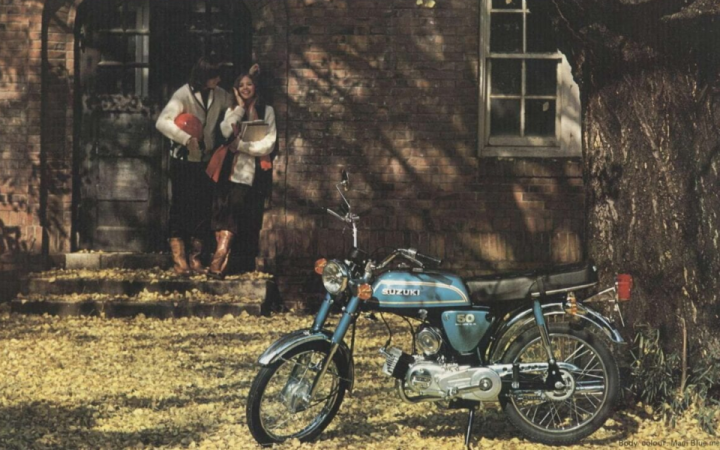
The new Suzuki was a businesslike machine to look at with a big bike stance and attitude. Usability was a delight too with an autolube system way in advance of its time, the pump was driven by the kick-start idle gear which in turn took its drive from the output shaft of the gear box, this resulted in the kick-start shaft not working when the clutch was pulled in but was a small price to pay for the ease found at fill up time. Gone was the idea of having to carry a bottle of oil around with you all the time, as was the case with the pre mix Fizzie. The oil in the Suzuki system was forced through into each main bearing housing where it was then left to its own devices to lubricate the big end and the top end of the engine, but it worked well. Quite why Yamaha never put the oil pump on the FS1E during the mid seventies will never be explained as the mounting was evidently cast into the right hand casing long before the autolube pump actually got bolted on.
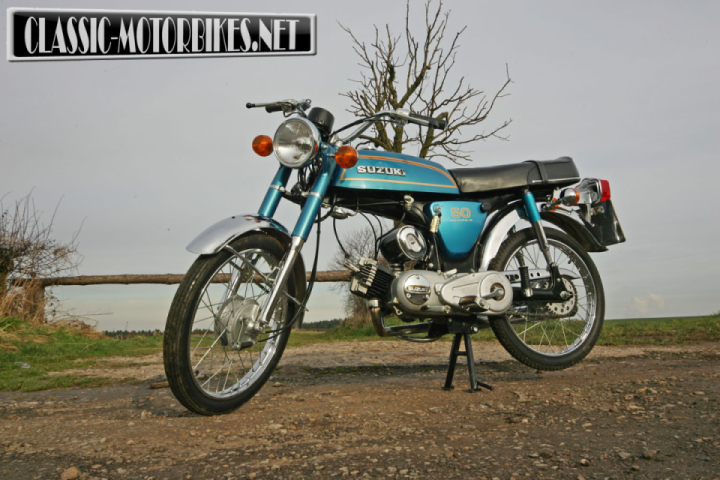
When viewed technically the AP is the better machine, thanks to the advances found in the engine, in reality however the FS1E is the easiest to work on and, more importantly back then, fettle, mainly due to the amount of machines sold in comparison and the after markets parts peoples willingness to supply the greater demand, the Yam is also the most hardy and capable of withstanding the constant abuse which must win it the most brownie points when juvenile licence holders are concerned. Unfortunately for the Yam, the Suzuki also came with the all-important five gear ratios, which won it extra “bus stop” kudos and gave it the appeal and speed to compete against the fast and furious European peds. I am quite sure juvenile girls didn’t know what all this tech talk meant but it sure as hell attracted them like moths around a lantern! The gearbox went one step further to being like that of a proper bike by having a conventional one down and four up selection pattern while the FS1E had a “girlie” four down to the floor set up.
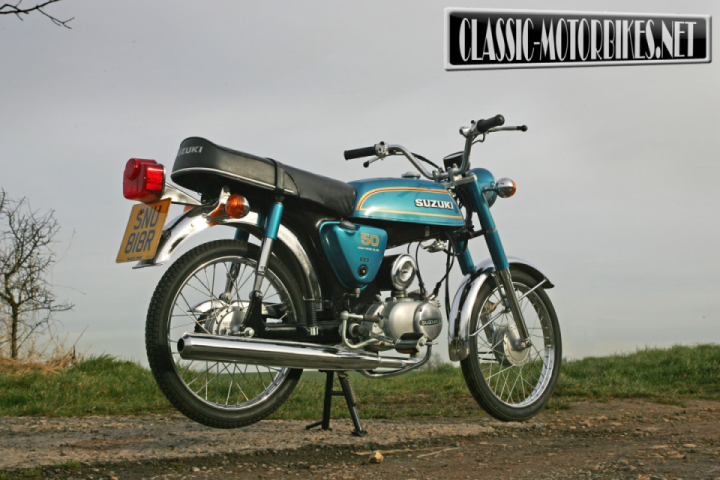
Built especially for the UK market, the pedal equipped A50P was a direct descendant of the A50 and the larger capacity A100 from the mid sixties. The engine layout had remained unchanged since the A50’s introduction except for the addition of a little lever used to engage the pedalling contraptions required to comply with UK law of the time, how much use they actually were however is doubtful due to the ridiculously low gearing that saw a maximum speed way below walking pace just possible in cycling mode. I can remember lots of times in the seventies either running out of juice myself or seeing a similarly plighted sixteener pushing his machine to the nearest gas station, never, ever did I see anyone pedalling! The fitting of the pedals was quite ingenious however as instead of the pedals sitting lop sided, ala pushbike as on earlier mopeds, the fizzie, the SS and the A50P had rather quirky devices enabling the pedals to form proper footrests. All were mounted on the swing arm and this in turn did give a strange feel when ever bumps and rough terrain was found as your feet moved independently of the brake and gear lever.
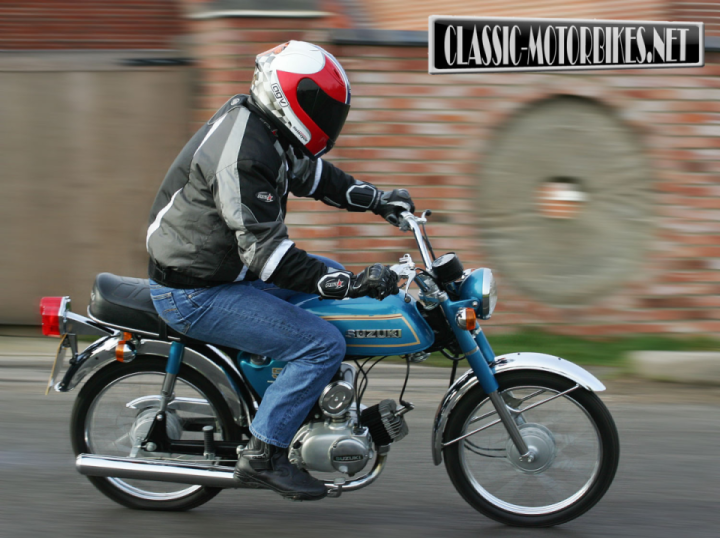
The disc valve induction was well established and proven having been fitted to a huge range of previous Suzuki models both commuter and performance machines, in 1976 the 500cc world championship was won by Suzuki rider Barry Sheene and the disc valve XR14 ( the production version was the RG500). The AP sold well but not as well as the Yamaha despite the racey gearbox and autolube system. Top speeds were a constant source of contention amongst the youngsters of the day but generally the Suzuki was the faster of the two although several of the European built machines went one stage further often hitting the heady heights of 60mph without too much provocation. Before too long every town had its own folklore hero who, although few had ever witnessed the event actually happening, had squeezed some magical speed figure out of his nifty fifty. I can remember hearing of folk who had coaxed there poor fizzie or AP to do 70 plus mph, whilst I fully believe this is possible with the right tuning and set up I cant imagine the average spotty faced “Boy Racer” being capable of such a feat of advanced engineering unaided and even if they did it wouldn’t have run for very long.
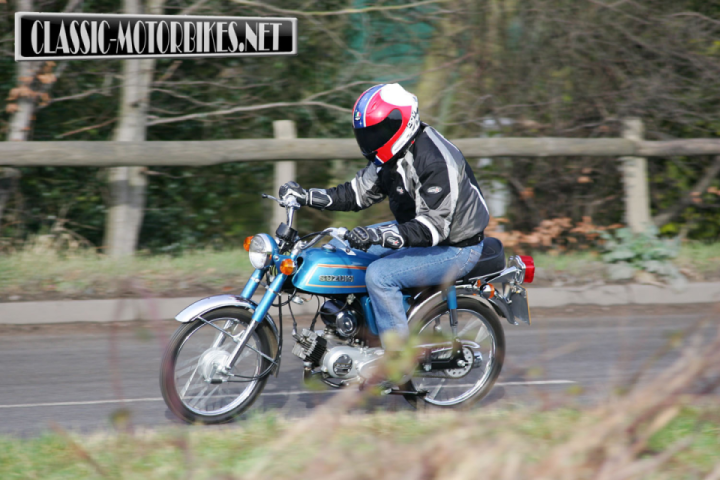
Despite the down ward and derogatory glances from more senior bikers these little machines, having descended from established designs, are proper motorcycles and not just glorified push bikes like their Moped predecessors. They perform just like a real bike but with a little less of everything to allow the ab initio biker to learn his skill in relative safety. On the road the skinny 17-inch tyres hold the tarmacs attention fully despite looking like they are little more than overgrown pushbike rubber, while the rest of the chassis performs admirable. I don’t recall those spindly bits of rubber looking quite so anorexic back in the seventies but then again the biking fraternity wasn’t so transfixed by wide tyres back then. All one needed for that racetrack look, sound and feel was a pair of ace bars and the removal of the exhaust baffles, those two modifications alone did the trick for most. Even so the small contact patch provided by each tyre grips the road and working in conjunction with the cycle parts firmly holds a tight, precise line in just about every situation. Not bad really for a frame that is little more than two pieces of thin steel welded together to make a tube with every thing else dangling off it but the design worked and was proven over time to be a viable way of making such a thing.
The chassis, like the engine layout, possesses such a startling resemblance to the Fizzie that one could say someone has been naughtily peering over shoulders in the design classroom. It is easy to establish that Yamaha was the first of the two to create the idea with the YG1 of 1963 and three years later Suzuki followed suit with the A100, these machines gave both the Fizzie and the AP the credentials they needed to take on the sixteener world and, in the case of the Yamaha at least, the basic design was still being used some twenty plus years later. The engine pulls strongly for such a small capacity power plant while the gearbox works in complete syncopation with the power delivery. The Suzook doesn’t feel or look small from the riders point of view, thanks to a wider tank and seat when compared with the Fizzie, it is no slouch either and great fun can be had providing the roads don’t open out too much. A good width of handle bar means the little Suzook can be punted around the twisties with ease while giving a very comfortable un hunched riding position, not that it would have been trendy back in the seventies to ride in such a style, nothing short of a racing crouch trying to force the speedo needle that little bit further around the clock face, would have done back then.
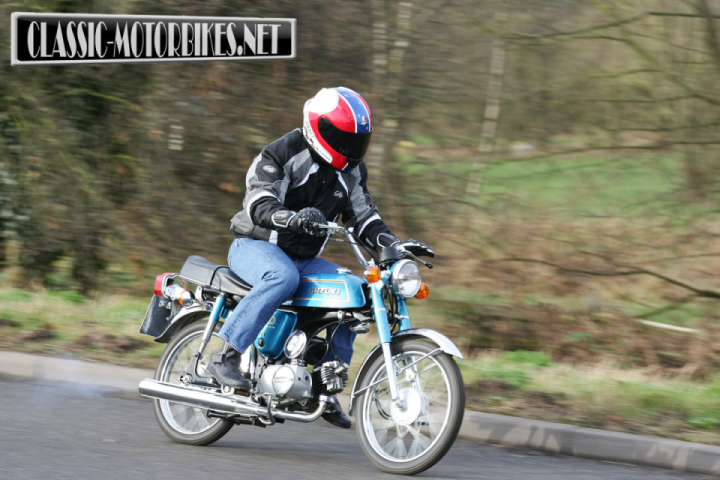
1977 saw a change in the law regarding the categorising of learner machines, no longer were they to be viewed as motorised bicycles or “Mopeds” instead a new class of lightweight motorcycle was created to cover them with the result that fifties no longer required the pedals but all new machines had to be restricted to 30 mph and with this the end of the true fizzie breed was near. Production of the A50P was halted as a new, more modern styled yet lower speed model, the GT50, was introduced, the real result was that the prices of used, full speed machines rocketed and pretty soon they became hard to locate especially in tidy, reliable condition. The new laws, that effectively capped any sales kudos built up on speed, resulted in manufacturers no longer copying their opponents successful designs and we were supplied with a whole variety of machinery from off road types to full on race reps sporting disc brakes and mono shock suspension in a bid to win sales. Unfortunately we also saw the introduction of the auto scooter not long after this period and that really was the start of adding nails into the geared machines coffin. The choice and diversity of machinery was vast with all manufacturers creating an example of each type in a bid to capture the youngsters dreams and hopefully create brand loyalty. Of course it didn’t take long for the after market boys and home tuners alike to liberate the extra bit of speed from the new breed of restricted learner machines and within a short space of time it became clear which make and type of ‘ped was the easiest to get to full power and what modifications were necessary. Pretty soon most machines became enhanced with big bore kits, after market pipes or for the hard up learner rider some optimistic backyard tuning techniques.
Suzuki AP50 Specifications
- Engine – air cooled single cylinder two-stroke, disc valve
- Capacity – 49cc
- Bore & stroke – 41mm x 37.8mm
- Compression – 6.7:1
- Carburetion – Mikuni VM16SC
- Ignition – contact breaker
- Max Power – 4.9 hp @ 8500 rpm
- Torque – 3.11 ft lbs @ 8000 rpm
- Transmission – 5 speed wet clutch
- Frame – pressed steel single spine
- Suspension – 27 mm telescopic forks front, rear twin shock
- Wheels – 2.25 x17 front & rear
- Brakes – 110 mm single leading shoe drum front and rear
- Fuel capacity – 7.5 ltrs inc 2 ltrres
- Weight – 75kgs
- Wheelbase – 1200mm
- Top speed – 49mph
Huge credit: Classic Motorbikes
#Suzuki #AP50 #Bike #Moto #Motorcycle #Classic

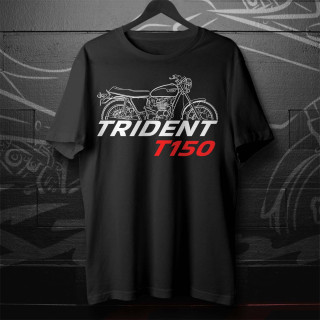

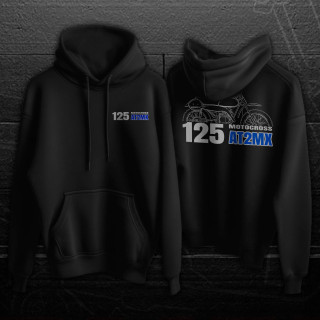



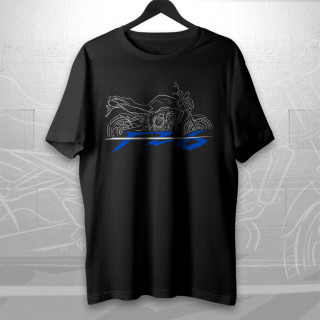
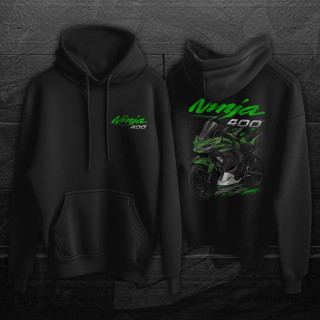


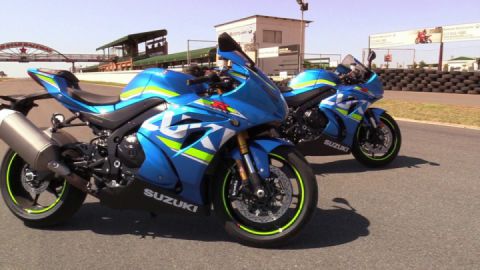
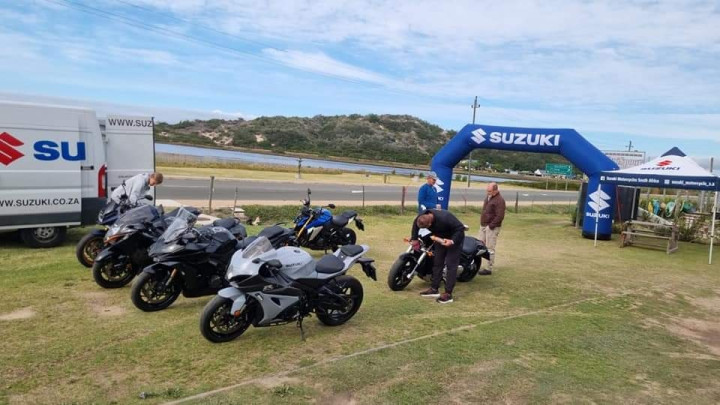
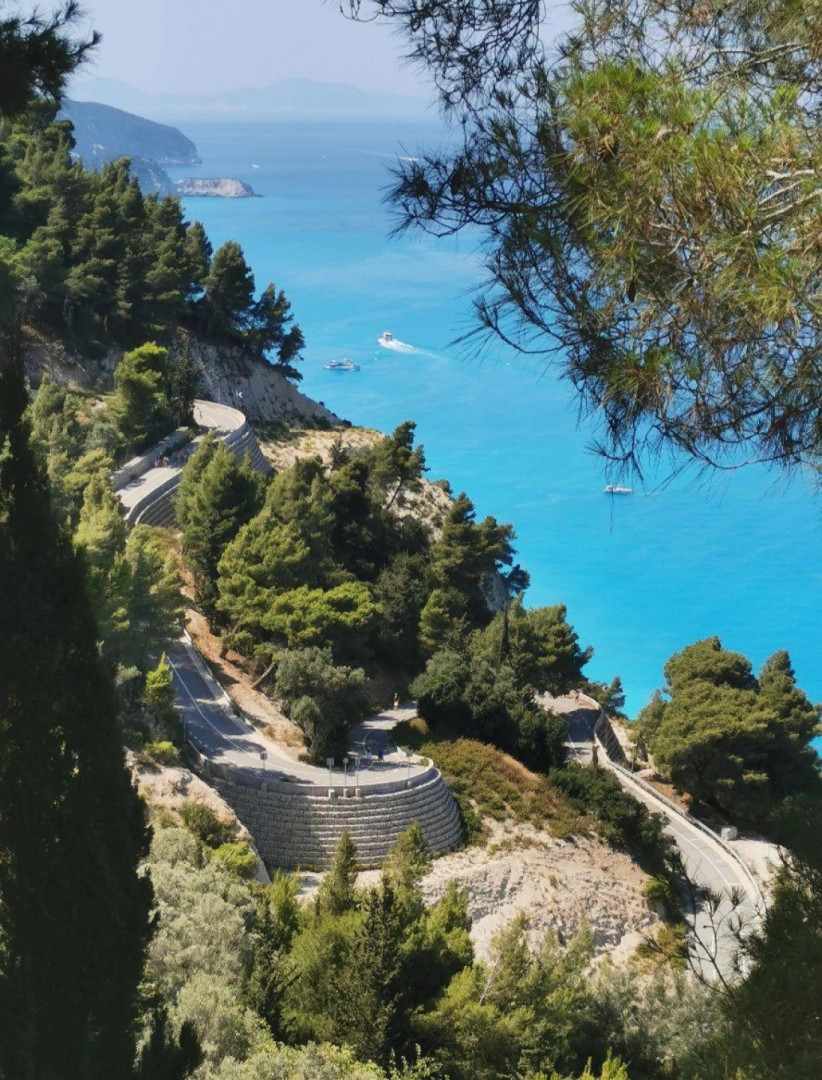
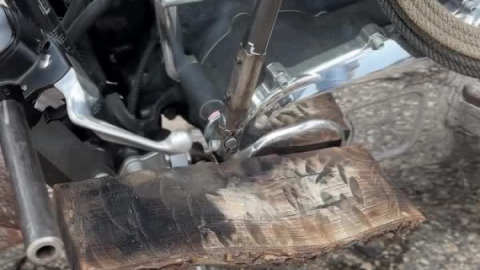
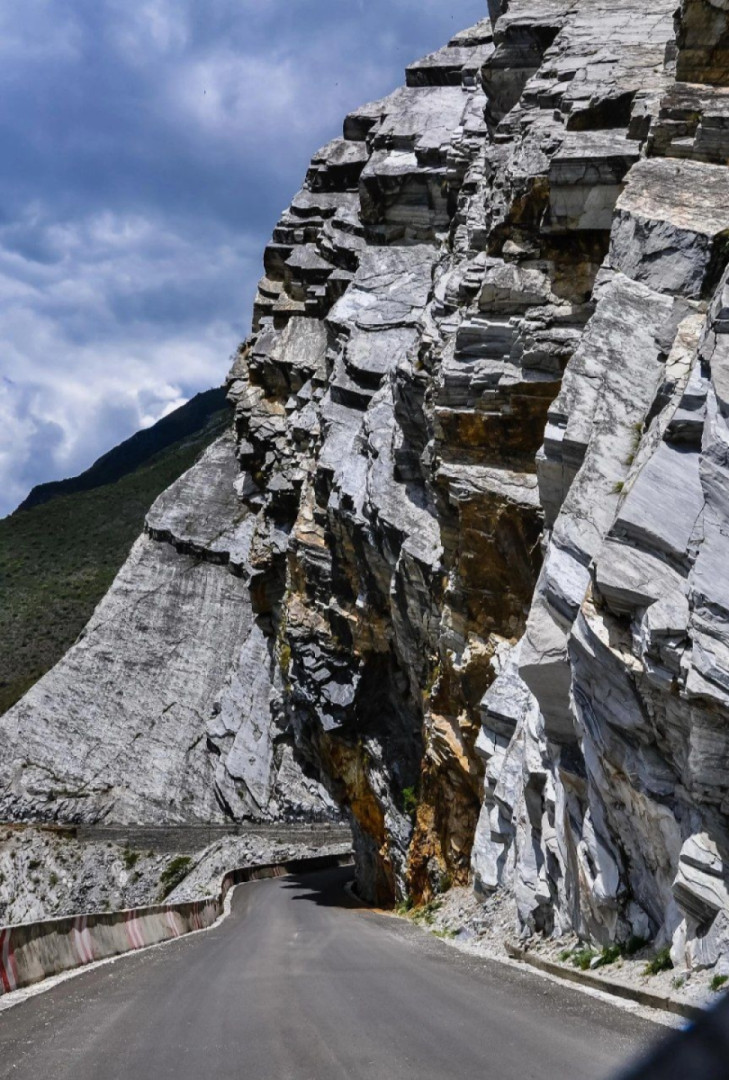
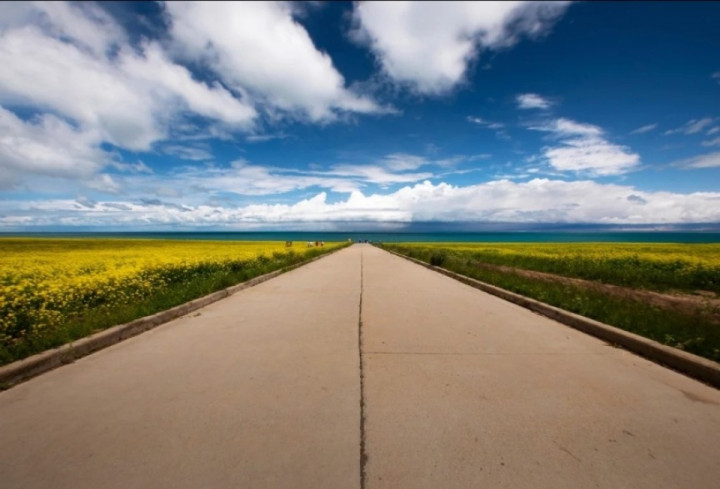
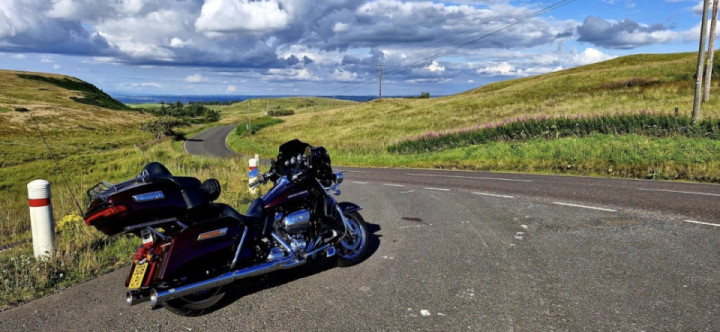
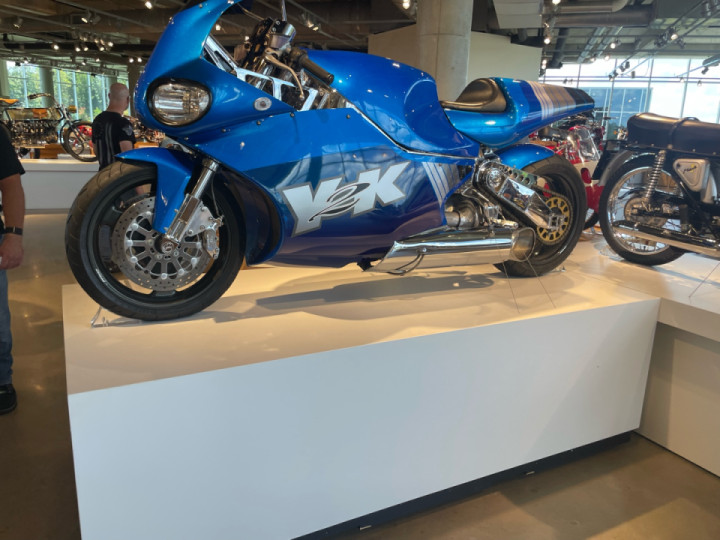
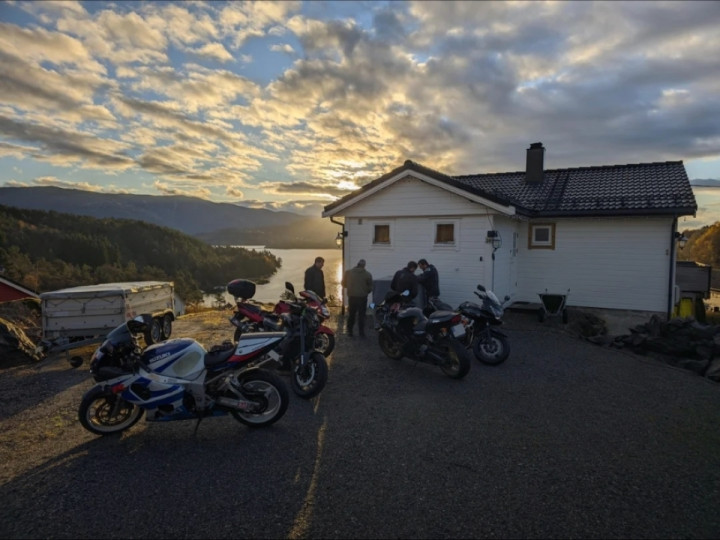
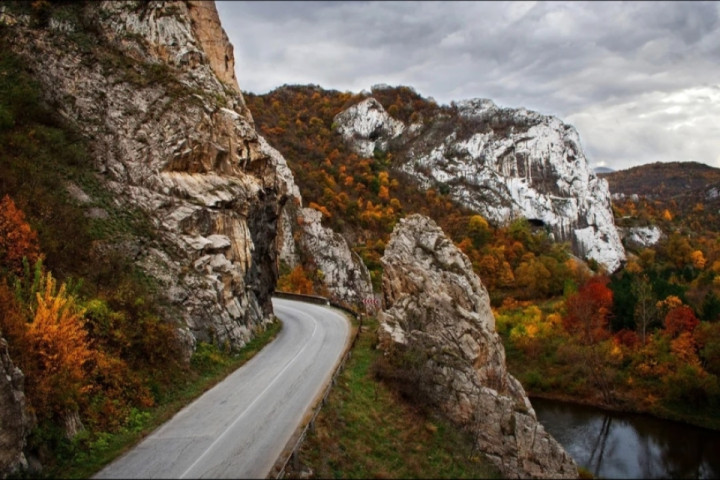
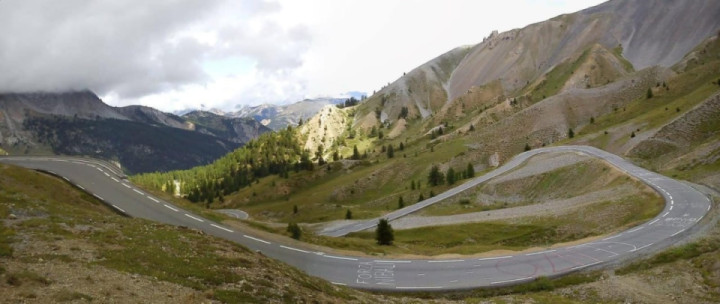
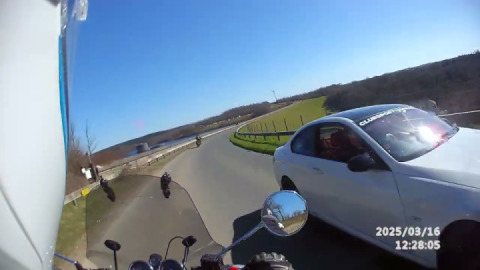
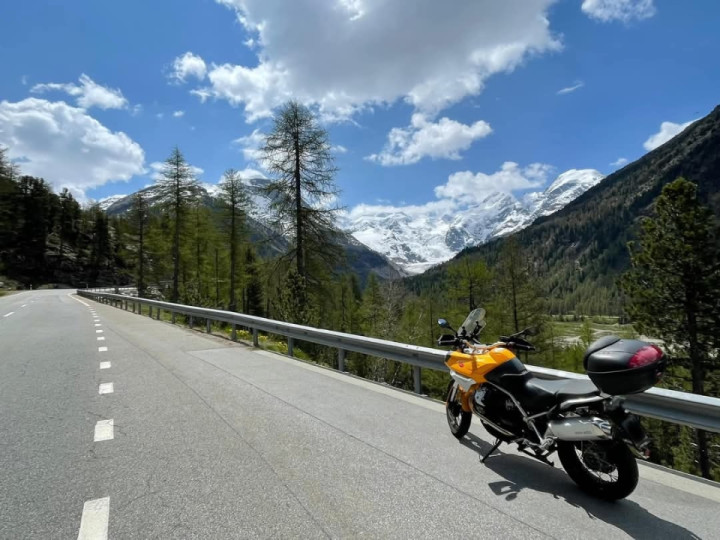
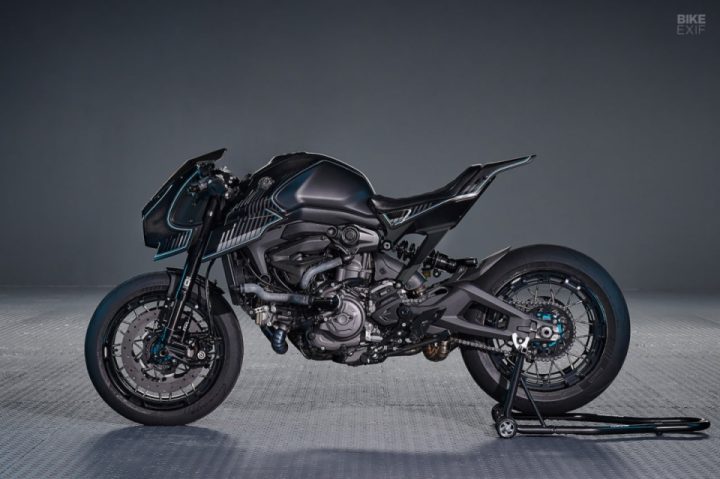
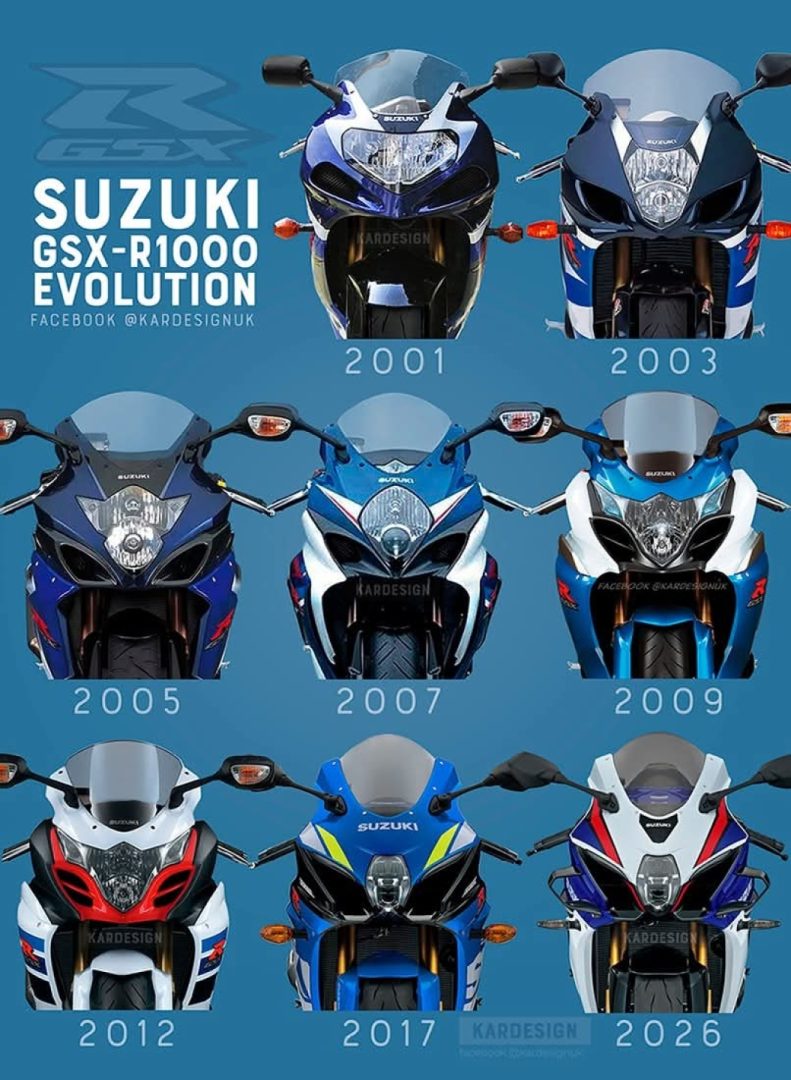
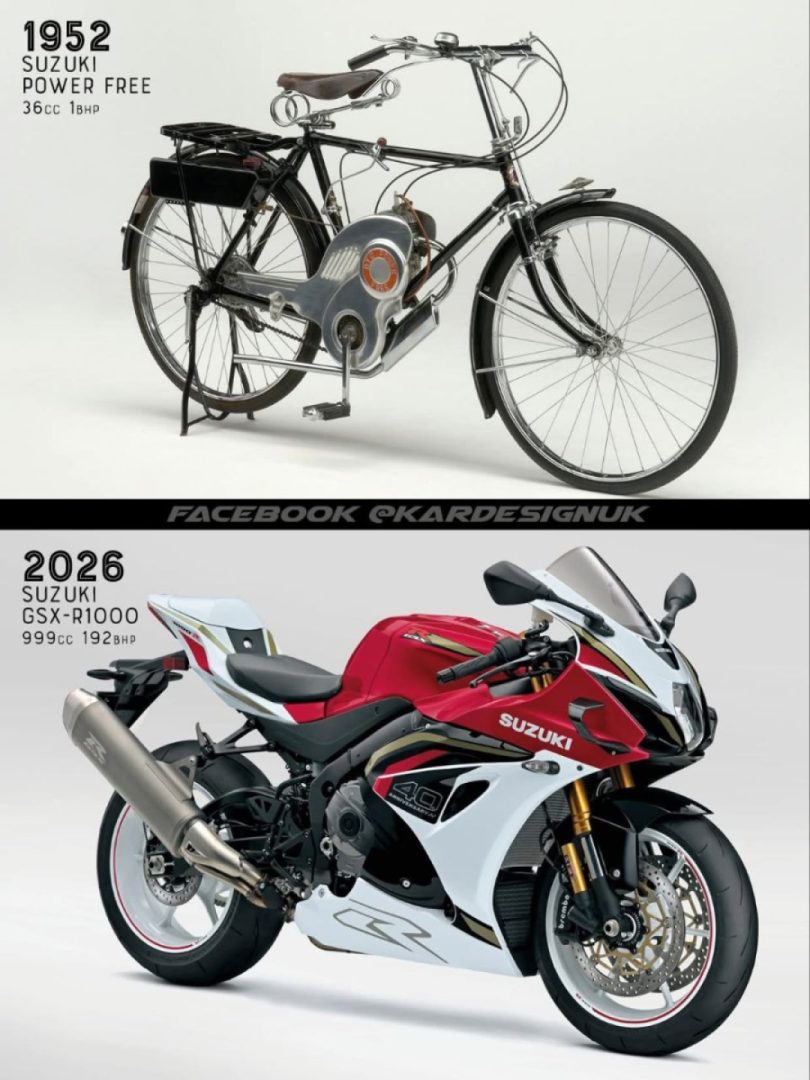
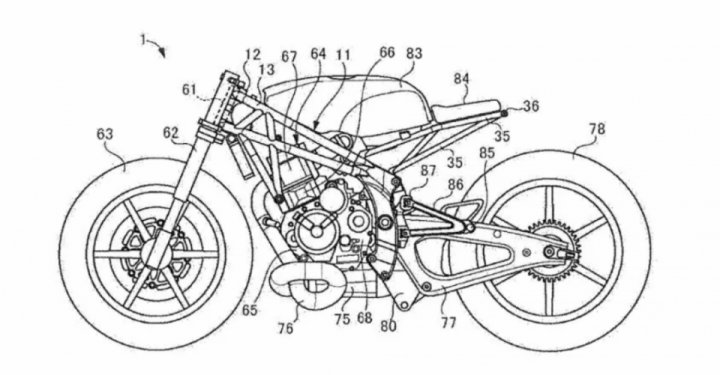
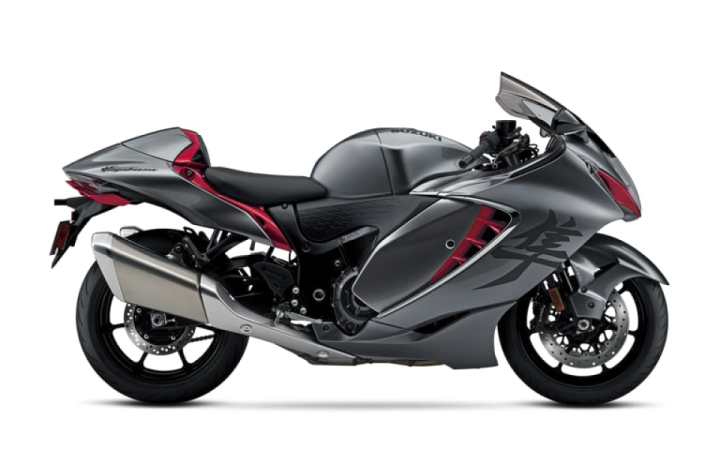
My GT50 would only do 35mph tops. The porting, air box, carb size and gearbox sprocket were the things holding it back. The later X1 models even did away with the red valve block, relying on the tiny supplementary inlet ports controlled by the piston skirt.
Easiest derestriction was the air box. This having half of the rubber intake air silencer blocked off. Simply removing this allowed it to rev out beyond 6,500 rpm as standard. A 14 tooth gearbox sprocket and AP50 carb main jet meant it would now do 42mph on the flat. I then opened the ports to the a little more than the Dutch model TS50 specs and with a 19mm A100 carb and it would now do 48mph. Annoyingly Malossi brought out a big bore cylinder/head and carb conversion. At 75cc a GT50 would now do 65mph. I took the easy option and bought a cheap A100. With 9.5bhp, just under 70mph.
I've just bought another A100 from 1969, chrome tank, tuned to the factory spec, it apparently now has 16bhp and will do a GPS checked 78mph.
The A100 is so similar to the AP50, most parts are identical. They are around 40% of the price of a Japanese sports moped and will walk all over any Fizzy, tuned or not. In fact, most people will be happier with the YB100 or A100 than a 50cc. When you were sixteen, you may have weighed five stone less, so 45mph is about all you will see. Also, £7k is silly money to pay when the near identical 100cc bikes go for £4k less.
A really well written article btw. Thanks.